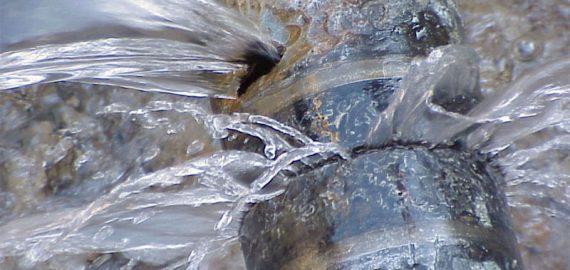The changing seasons bring an array of plumbing concerns. It is easy to forget about preparing for upcoming fall & winter. Here are some helpful tips to keep ahead of the weather.
Anticipating Seasonal Temperature Changes
The first step in preparing the plumbing in and around your home is understanding the weather patterns in your area that you live. It is crucial to know when temperatures have a chance of dropping below freezing so you can eliminate the chance of a pipe freezing or even busting. Places that experience multiple seasons and temperatures per year create a larger amount of upkeep and observation to ensure nothing freezes or ruins. As the months roll by, it is imperative to keep up with the temperature/weather forecast as a new season approaches. This will help you avoid waking up one morning to a massive problem like a completely frozen solid outdoor line or worse. Always be sure to stay ahead of the weather so you aren’t surprised by any huge temperature drops as the weather patterns begin to transition.
Removing And Turning Off Outdoor Water
Next on the list of necessary steps to take to keep plumbing safe from freezing weather is the removal and elimination of water to outdoor lines, pipes, hoses, and faucets. Turn off all water lines that run outside as well as letting hoses and things that trap water drain out completely before storing and winterizing. If you have pipes that run inside your home but are also exposed to cold are such as the garage, for example, you may need to cover exposed pipes so the temperature drops won’t freeze the water in the pipe. Keeping the garage warmer is a good way to help combat pipes from freezing. Be sure to know where all indoor/outdoor pipes could potentially be exposed to freezing temperatures even if it’s just a small amount of plumbing. Also, be sure the walls have sufficient insulation to keep pipes above freezing temperatures as they run through the walls all throughout your home. Lastly, for pipes that could be exposed to freezing air in the attic, crawlspace, or garage, you can use inexpensive foam pipe insulation. If the weather gets extremely cold then you can also consider temperature controlled heat tape for your exposed pipes.
If A Pipe Does Freeze
Last on the list is how to react if worst comes to worst and you do encounter a nearly or completely frozen pipe/water line. If a pipe freezes that also runs inside to your home, you’ll need to approach the situation with safety and planning in mind. There are several methods in thawing a frozen pipe and some are riskier than others depending on the exact situation. For smaller pipes or a faucet, you can use boiling water with a towel wrapped around the pipe to trap the heat and melt the ice. Another less safe method is using a propane torch which can force steam and pressure to build, resulting in a pipe that bursts if it thaws to quick. If you are unsure or worried don’t hesitate to contact a professional to get the problem solved safely free of injury. For questions or concerns contact an expert that offers DC drain services for professional assistance.




